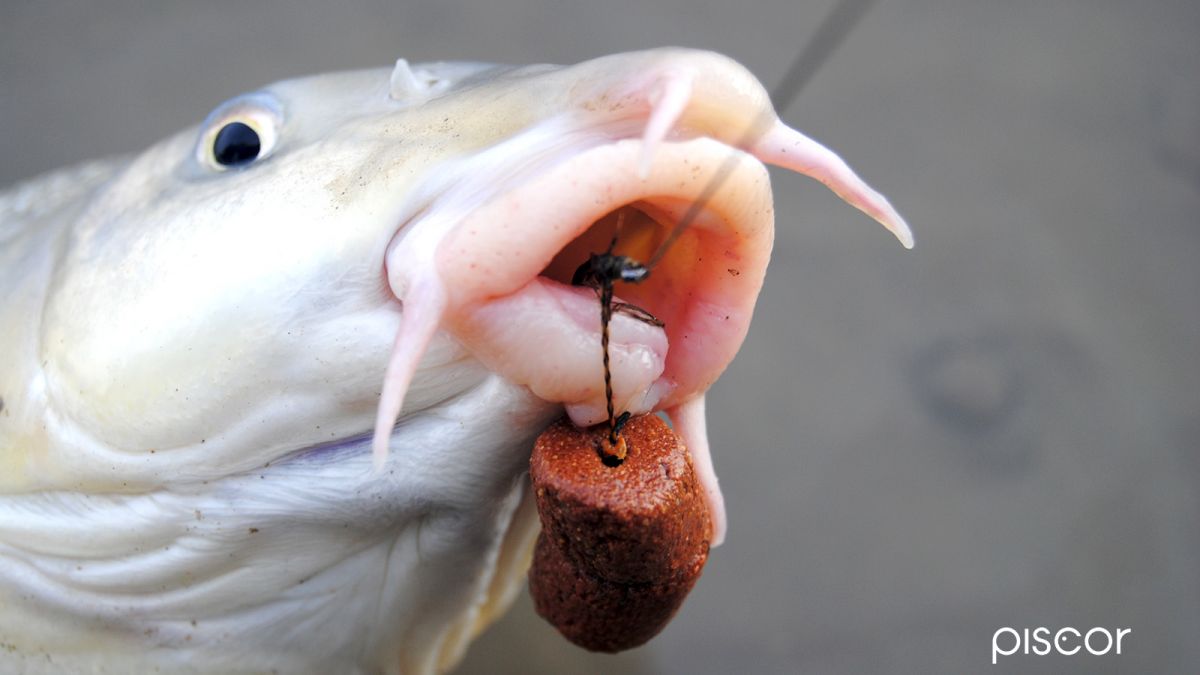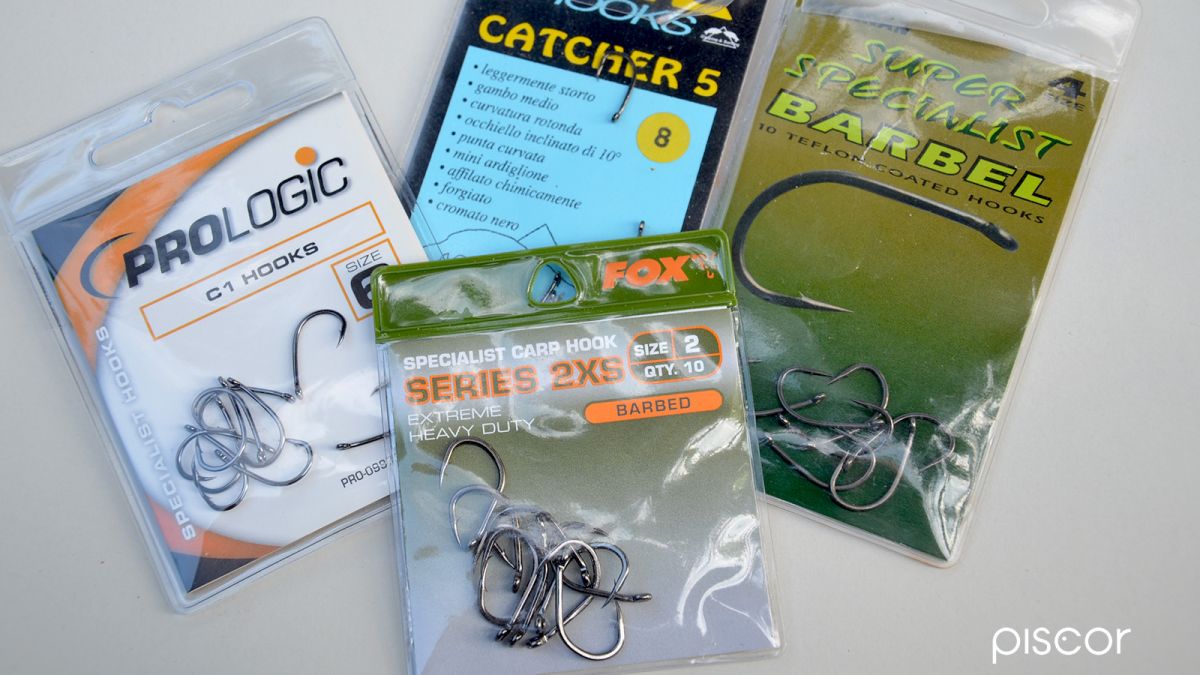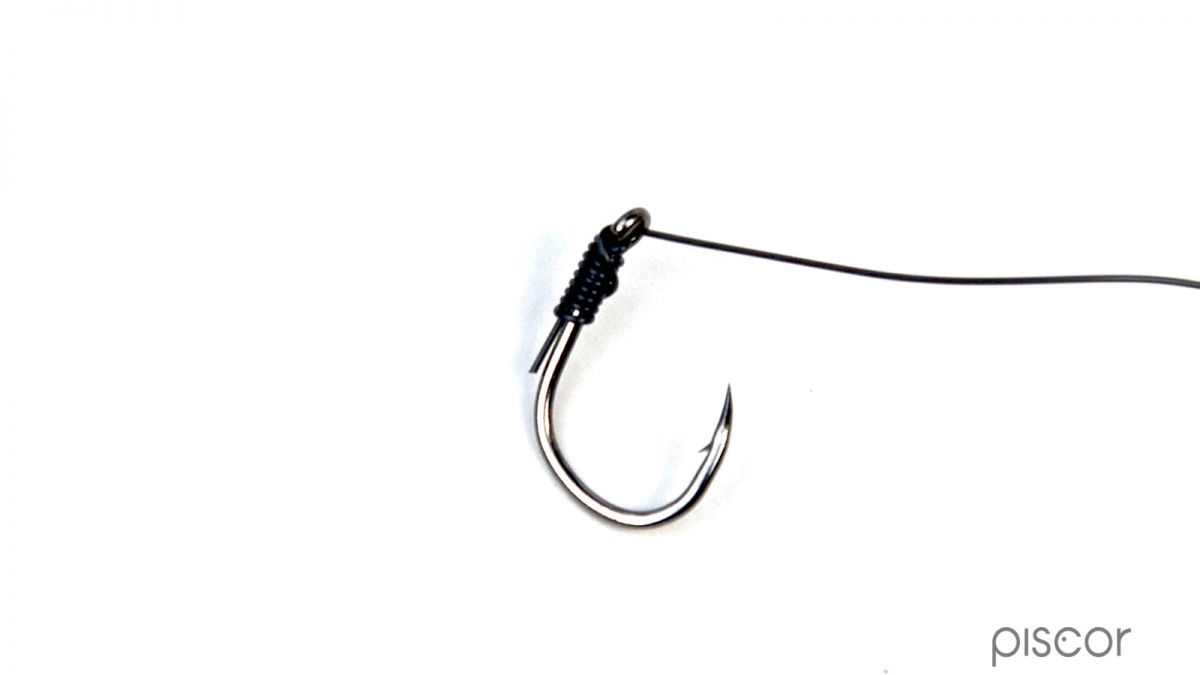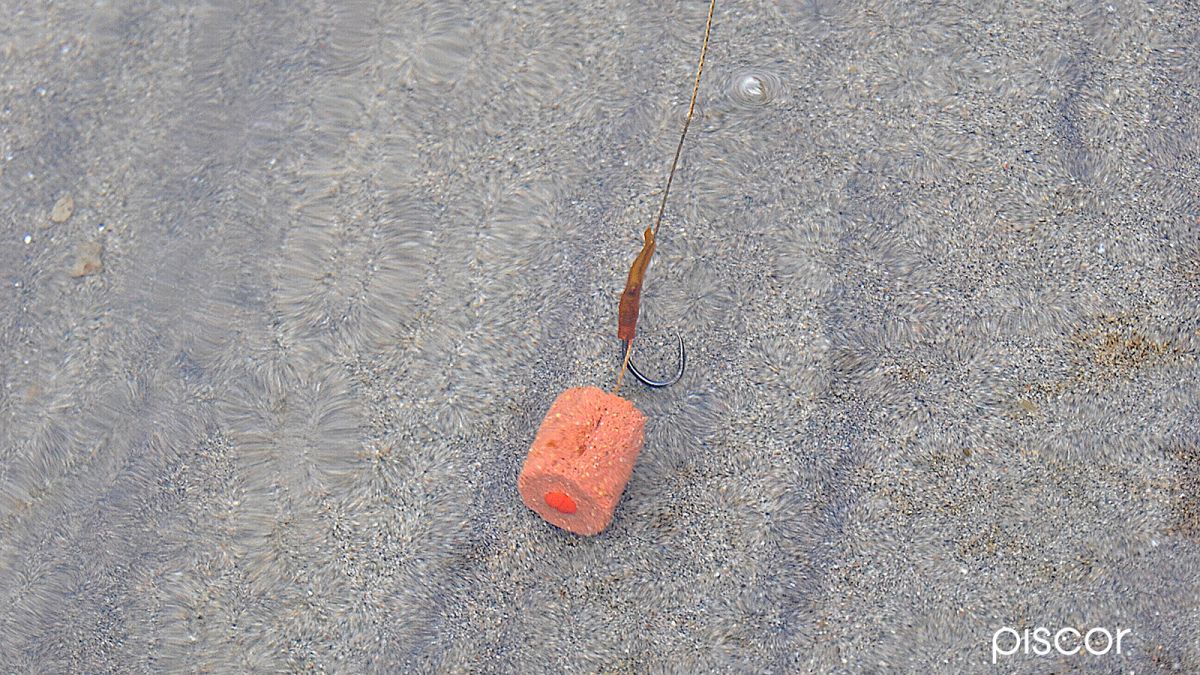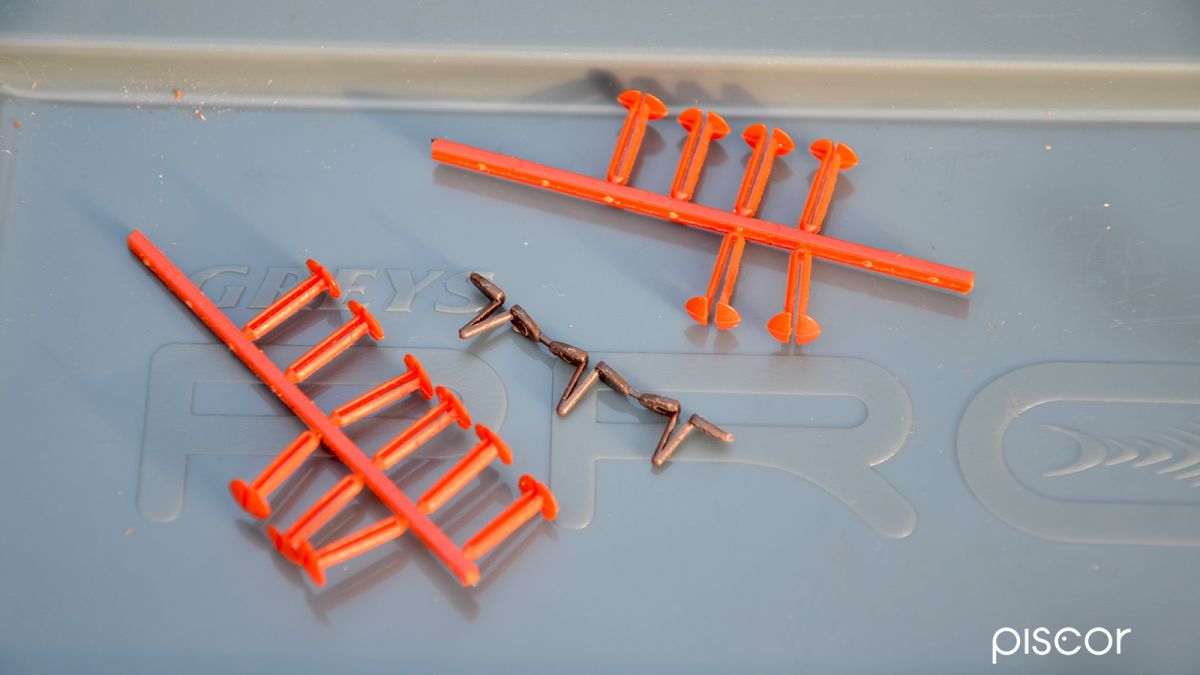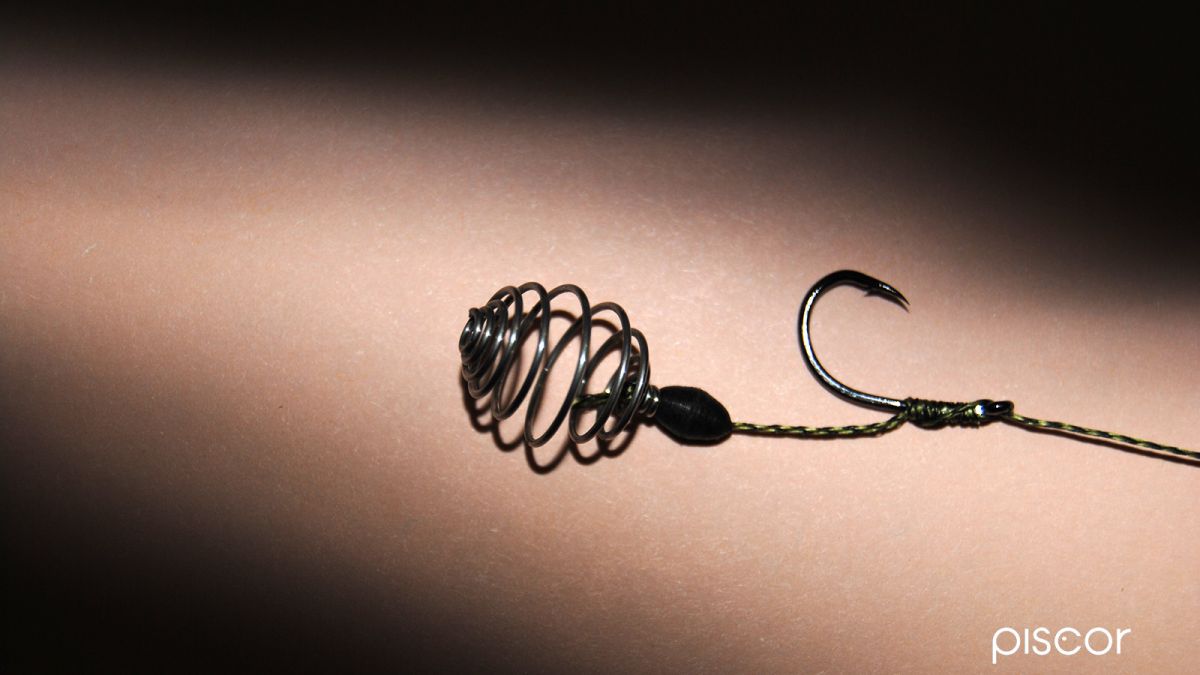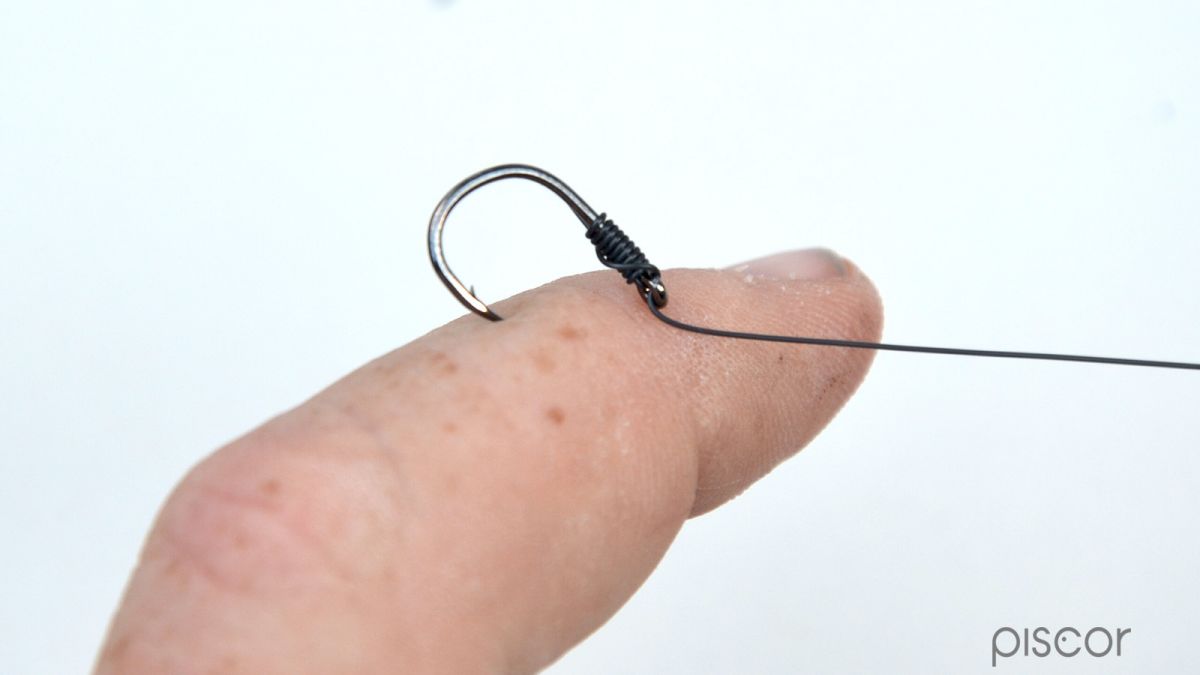Have you ever considered what is the most important element of your approach? The rod and its action? The robustness of the reel? The diameter of the wire? I am sure that on any part of the equipment we can reach compromises and, if necessary, make up for them with what we have available without going into products with a clearly specialised nature.
Of course we can't fit a 0.10 terminal or use a spinning rod, but we can adapt tools and products designed for different purposes and, in some limits, we can do it.
No barbel and no carp are formalised on the action of the rod, just as no fish estimates the strength of the reel before eating. On one thing, however, we cannot afford the luxury of improvising: the hook. It is necessary to make an introduction on the hook, or rather on how it is placed in the mouth of the fish and where the greatest effort is exerted during the stress.
If the tip has an optimal penetration, the nylon in traction acts in line with the curve, the force is discharged at the strongest point of the hook and the risk of failure of the steel or of opening of the hook are minimal.
If on the other hand the hook does not have an optimal penetration (partial) the traction does not work in line with the curve and the force tends to load on it making it wider. How can this be improved? If we hook maggots we must rely on models that do not burst larvae making them ineffective.
In this category of products we have tried many models and many brands, at the end of the race the thickness of the wire is on the one hand the greatest value and the greatest defect (for the lack of strength), but here we are talking about barbel fishing as specialized fishing, a technique that if it does not select the species must select the size of fish.
So we have to look at the catalogues specific for "carp fishing", looking for models and measures suitable to hook pellets and similar baits. On the rig we can choose proportional hooks in relation to the hooking, but certainly we will always have to consider the maximum strength.
THE SIZE
It shall be balanced in relation to the rig. It is useless to hook a 20 mm boilies on a 12 mm hook or a 10 mm pellet on a 4 mm hook. As an indication, you can rely on this schedule:
INSERIRE TABELLA
It refers to single hooking and remember that hook sizes can differ from brand to brand, in any case the hook must not be in the hypothetical "shadow cone" of the bait and vice versa must not have a larger footprint than the bait itself. This is true both with single and double hooks.
EYELET
Indispensable for rig use, always check that the eyelet is perfectly adjacent to the shank without space at its point of closure e and without the presence of sharp edge, lethal for any braid, even the largest ones. Focus on models with the eyelet reclined inwards as they ensure an amplified rotation effect during the self hooking.
SHAFT
Short or medium-short, very nice the curved ones (grub) excellent to facilitate and follow the rotation of the bait and to make more difficult the expulsion. Big wire well proportioned, there are no weight problems as the "lightness" of the hook does not give significant advantages in bites while a wire too thin is always a risk with prey XXL.
CURVE
It has to be wide both with small angle on the side of the tip and with narrow closure towards the shank with deep throat, or offset in relation to the shank.
TIP AND BARB
Long with well-defined barb and detached from the tip. Excellent "cutting points" that ensure greater penetration and lower risk of laceration of the mouth in prolonged fights even those with "eagle beak" where the tip slightly reclined inward literally sews the mouth of the fish. The reclined tip gives greater guarantees in the event of a rocky or pebbly seabed.
Recently I have also used barbless hooks which do not seem to suffer any particular problems of tightness compared to the traditional barbed ones which, however, can always be crushed.
COLOUR AND FINISH
Few things, no strange camouflage or unconventional colors, black and dark bronze are the best ones. The Teflon coating offers a longer life, the various anti-reflective treatments in several meters of water anything but clear are not necessary, but do not bother.
KNOT AND TERMINAL LINE
An eye hook, tied with a KLK (knot less knot) guarantees maximum hold. If the choice is on a hook with a "grub" shape or on a model with a reclined eyelet, the way in which we perform the KLK influences the behavior of the hook during the bite.
Basically the directions and the inlet and outlet side of the braid on the eyelet can provide a hook completely off-axis with regard to the multi-fiber (even 90°) or perfectly in line with the same.
What is changing? During the hooking, the inline hook will normally penetrate more or less well in relation to the rotation and the point of grip. In case of off-axis hook this will tend to tilt before penetrate, this because, under traction, the loop is "forced" to bring itself in line with the terminal before perforating the mouth of the fish.
After that, the hook will return off-axis to the terminal literally sewing the fish mouth. Beyond its own skills and knowledge of carpist derivation, the maximum efficiency in barbel fishing is obtained by operating with the greatest simplicity, often complicated rigs are simple exercises of style that add little to the efficiency of the rig.
TERMINAL LENGTH
If our ballast is a feeder the terminal must be long enough to place the bait in its wake, i.e. at the point where the current will empty it more before it is stretched and dissolved by the current. To know how long the line has to be, a good starting rule is: cm = g, as many inches of terminal as many grams of lead are needed to stay still. If you are using a 150 g feeder for optimum stability (including the belly), the terminal should be at least 150 cm long.
When making the terminal we suggest the use braided wire for its greater softness, of course using terminals of 150 cm made with braided is not the cheapest thing in the world, but if stored properly last well over a season.
The covered terminal, in addition to almost completely eliminating the risk of scratching, ensures, if necessary, a more rigid positioning of the bait while increasing the self-hooking power, if we opt for this solution, just peel the cover for about 7/8 cm above the hook so as to make soft only the part that has the bait.
THE RIGS
The creation of the rig really needs few things: a braided 15/25 Lb, a drill if you have to pierce the bait, stoppers with particular attention to their shape if you use pellets, a needle.
For Pellets it is better to use needles with simple tip and fine barb, without hooks ,because they better run through the hole and do not risk breaking the bait. Let's make the usual micro loop and hook the pellet or bait you intend to use.
The slot knot must be inside the pelle. We therefore tie our hook to the KLK taking care to keep the right distance between the bait and the hook. We must remember that the way a barbel eats is different from that of a carp, due to the shape of its mouth and the way it inhales. To avoid this it is enough to keep the rig shorter so that the bait can rotate around the hook without touching it, let's say that when the rig is completed we are on 3/5 mm. For the knot to be efficient, the binding must close at the tip height.
To keep the rig in line, it is enough to use a simple piece of silicone on the eyelet and the curve. To facilitate rotation, the special curved rubber piece can be inserted at the level of the eyelet.
SPRING RIGS
If you prefer dough, it is better to hook on spring cause "paste stop" and similar stuff have insufficient current hold.
Little stuff required: a spring of a size suitable for the volume of the rig, the spring needle, a rubber. The springs are equipped with two holes, one of which is smaller. Slip the rubber stopper over the braid, with the help of the flexible needle, place the spring over the braid with the smaller hole on the side of the rubber.
Let's form a simple knot, even doubled, on the braid and bring it on the smaller hole, making the rubber ring sliding, the spring will remain in position between knot and stop.
At this point just tie the hook with a KLK to the braided holding a distance such as to allow the positioning of the dough. The lock gum can also be used when making the pellet rig to keep it more stable on the rig.

